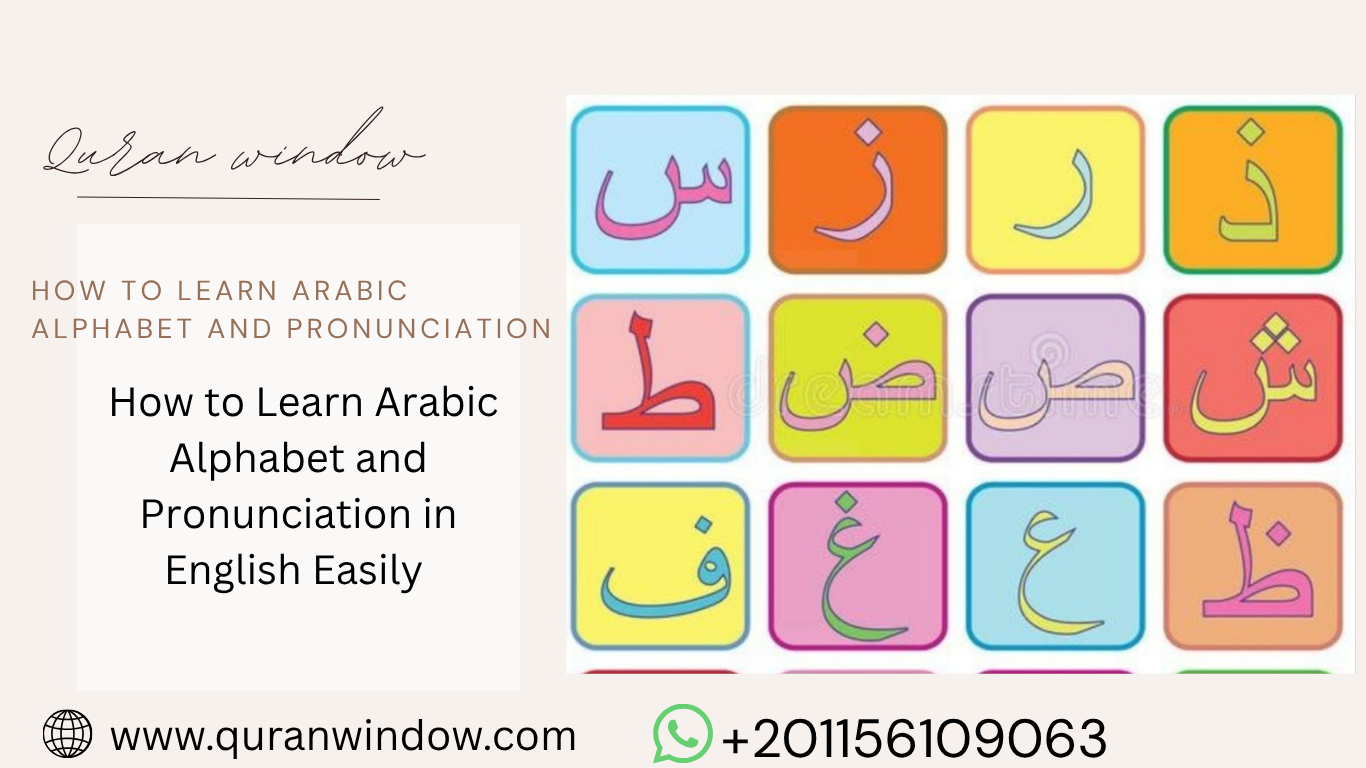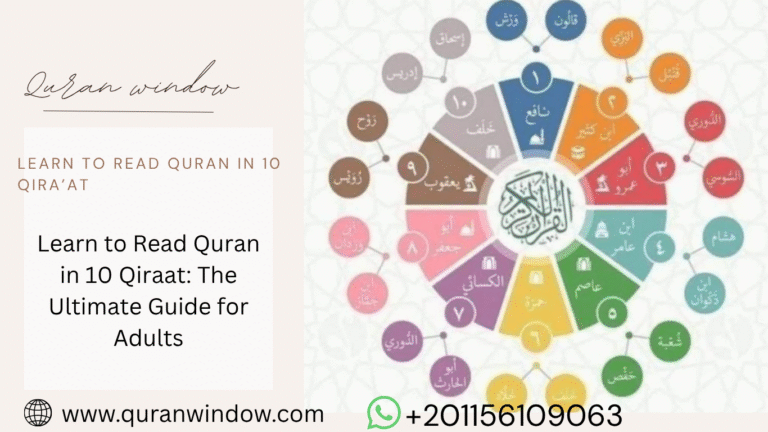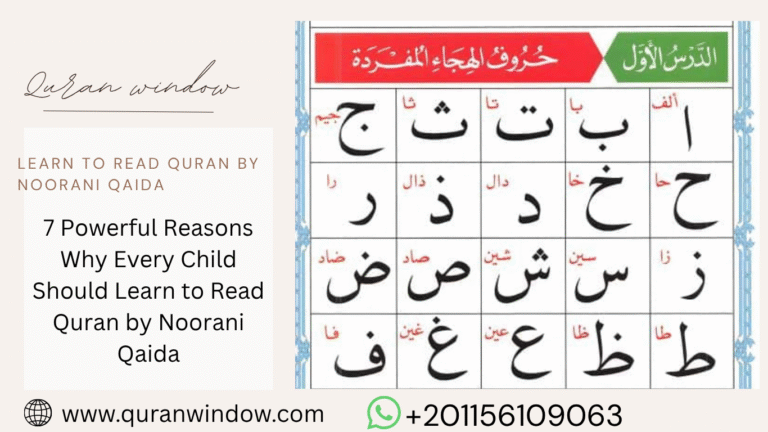How to Learn Arabic Alphabet and Pronunciation in English Easily (Even If You Think It’s Hard)
How to Learn Arabic Alphabet and Pronunciation in English Easily
Have you ever dreamed of reading the Quran in its original language, understanding Arabic culture, or even traveling to an Arab country and being able to read signs with confidence? The first step in that journey is How to learn Arabic alphabet and correct pronunciation.
Many learners believe Arabic is too hard, but that’s a myth. In reality, with the right method, you can master the basics faster than you think. The secret lies in starting with English support. That’s why this guide is designed to show you how to learn Arabic alphabet and pronunciation in English step by step.
Instead of feeling overwhelmed by new letters, you will use English sounds as your foundation. This article will give you 7 powerful steps that make the process clear, practical, and motivating. And by the end, you’ll see how joining a structured course like our Master Arabic Program at Quran Window will take you from beginner to confident reader.
Step 1 – Understand Why the Arabic Alphabet Matters
Before diving into practice, you need to understand why the Arabic alphabet is the key. Arabic is built on 28 letters, and every word, whether from the Quran or daily life, comes from these basic building blocks. If you don’t know the alphabet, you can’t connect with the language at all.
Here’s the good news: Arabic is actually more logical than English. In English, the same letter can sound different in different words (“c” in cat vs. city). In Arabic, every letter has a consistent sound. This means once you learn it, you don’t have to guess.
Learning the alphabet is not just about shapes. It’s about sound. That’s why knowing how to learn Arabic alphabet and pronunciation in English will save you months of confusion. You’ll match each Arabic letter with an English sound that feels familiar.
💡 Example:
ب (Baa) = like “B” in book.
ت (Taa) = like “T” in top.
د (Daal) = like “D” in door.
By starting this way, you’ll realize the alphabet is not strange at all—it’s logical, structured, and easier than you think.
Step 2 – How to Learn Arabic Alphabet and Pronunciation Start with Easy Arabic Letters (English Equivalents)
The fastest way to build confidence is to begin with the easy letters. These are letters that have a perfect or very close equivalent in English. When you see them, you’ll think: “Oh, I already know this.”
Examples:
م (Meem) = “M” in moon
ن (Noon) = “N” in net
ك (Kaaf) = “K” in kite
ف (Faa) = “F” in fish
ل (Laam) = “L” in love
With just 5–10 letters, you can start forming small words. That’s the beauty of how to learn Arabic alphabet and pronunciation in English: you build momentum from day one.
💡 Quick practice:
م + ن = من (min) = “from.”
ف + ل = فل (ful) = “beans.”
When you see immediate progress, your motivation skyrockets. Instead of waiting weeks to read your first word, you can do it within hours.
Step 3 – How to Learn Arabic Alphabet and Pronunciation: Master the Difficult Sounds Using English Pronunciation
Of course, not all Arabic sounds exist in English. This is where most learners struggle. But with smart techniques, even the “hard” letters become manageable.
Examples of unique sounds:
ع (‘Ayn) – a deep throat sound. Write it as “ʿA” in English.
غ (Ghayn) – like a French “R” or Spanish “rr.” Write it as “Gh.”
ق (Qaaf) – a deep “K” sound. Write it as “Q.”
ح (Haa) – a strong breathy “H.” Write it as “Ḥ.”
When you focus on how to learn Arabic alphabet and pronunciation in English, the trick is to approximate these sounds using English letters and practice gradually.
💡 Exercises:
For ع (‘Ayn): Say “A” while tightening your throat slightly.
For غ (Ghayn): Practice saying “G” but deeper, with vibration in your throat.
For ق (Qaaf): Imagine a “K” pronounced from the back of your throat.
At first, you won’t get them perfect. That’s okay. English is your training wheel. With practice, you’ll get closer and closer until your pronunciation matches a native speaker.
Step 4 – Avoid the Most Common Mistakes When You in Your Way Of How Learn Arabic Alphabet and Pronunciation in English
Many students waste time because they repeat common errors. If you know them in advance, you can avoid them and progress faster.
❌ Mistake 1 – Overusing English Transliteration
English should guide you, not trap you. Some learners keep reading Arabic in English letters forever. That’s not the goal. Use English to start, but slowly move to Arabic script.
❌ Mistake 2 – Skipping the Harakat (short vowels)
In Arabic, small marks above and below letters change the meaning completely. For example:
كَتَبَ (kataba) = he wrote
كُتِبَ (kutiba) = it was written
Ignoring these marks means you’ll misunderstand words.
❌ Mistake 3 – Learning Letters in Isolation Only
Don’t just memorize the alphabet like a song. Combine letters into words as soon as possible. That’s the secret behind how to learn Arabic alphabet and pronounciation in English effectively.
❌ Mistake 4 – Avoiding Difficult Letters
Learners often avoid sounds like ع or غ. But the longer you delay, the harder it becomes. Face them early with English support.
💡 Pro Tip: Record yourself reading Arabic words with English transliteration. Compare your sound with a native speaker. This self-feedback accelerates improvement
At Quran Window, our Master Arabic Course is designed to help you avoid these mistakes. Instead of struggling alone, you’ll learn how to learn Arabic alphabet and pronunciation in English with a proven step-by-step method, guided by expert teachers.
Step 5 – How to Learn Arabic Alphabet and Pronunciation: Use the Best Tools and Resources for Fast Learning
When you search “How to learn Arabic alphabet and pronunciation in English”, you’ll find hundreds of scattered tips. But without the right resources, it’s easy to get lost. The truth is, you don’t need dozens of apps or books—you just need a few trusted tools and a consistent plan.
Here are the best tools every beginner should use:
1. Alphabet Charts with English Transliteration
These show each Arabic letter, its shape in different positions (beginning, middle, end), and its closest English equivalent.
Example: ب = b (as in “book”).
2. Audio Guides and Pronunciation Apps
Hearing the letter is just as important as seeing it. Use apps that let you listen and repeat.
Example: For the letter خ, English doesn’t have an exact equivalent, so hearing a native speaker is essential.
3. Flashcards (Digital or Paper)
Make cards with the Arabic letter on one side and the English pronunciation on the other.
This works great for memory retention.
4. Writing Practice Sheets
Arabic has a flowing, cursive script. Using writing sheets helps train your hand to connect letters correctly.
5. Our Arabic Course at Quran Window
Instead of wasting months figuring it out alone, our Master Arabic Course gives you a step-by-step plan to learn Arabic alphabet and pronunciation in English with expert teachers from Al-Azhar.
👉 By combining charts, audio, and guided lessons, you create a multi-sensory learning system that accelerates results.
Step 6 –How to Learn Arabic Alphabet and Pronunciation: From Letters to Words:
Build Real Communication
Learning the Arabic alphabet is just the foundation. The real magic happens when you connect the letters and start forming words. Many beginners stop after memorizing the alphabet, but that’s a mistake.
Here’s how to move from letters to words effectively:
Combine Simple Letters First
Start with words that use easy letters (like ب, ت, م).
Example: بيت (bayt = house).
Practice Short Vowels (Harakat)
Arabic letters need vowels (a, i, u) to form words.
Example: بَ = ba, بِ = bi, بُ = bu.
Read and Repeat Common Words
Start with greetings: السلام عليكم (as-salaamu ‘alaykum).
Then move to daily objects: كتاب (kitaab = book).
Connect Reading with Meaning
When you learn Arabic alphabet and pronunciation in English, don’t just memorize sounds—connect them to real words you’ll use.
👉 This is where our course takes you beyond theory: we help you apply the alphabet to real conversations and Quranic words.
Step 7 – Join a Structured Course to Learn Arabic Alphabet and Pronunciation in English Effectively
Let’s be honest: trying to figure out Arabic alone is overwhelming. Many students quit because they lack guidance. That’s why structured learning is a game-changer.
Here’s what makes a structured course different:
Step-by-Step Curriculum → No confusion, no skipping steps.
Native Teachers → You hear the authentic sound of each letter.
Personal Feedback → A teacher corrects your pronunciation in real time.
Motivation & Accountability → You stay consistent and don’t give up.
How to Learn Arabic Alphabet and Pronunciation in English Easily
✨ With our Quran Window Arabic Course, you will:
Learn the Arabic alphabet in less than 30 days.
Master pronunciation with English references.
Apply it directly to reading Quran and speaking Arabic.
👉 This is the fastest, easiest, and most effective way to master how to learn Arabic alphabet and pronunciation in English.
Bonus Tips – Daily Routine for Success
If you want long-term success, here’s a daily 20-minute plan:
1. 5 minutes → Review flashcards.
2. 5 minutes → Listen and repeat audio.
3. 5 minutes → Write 2–3 letters.
4. 5 minutes → Read 1–2 words and connect with meaning.
Stay consistent, and within weeks, you’ll feel a dramatic improvement.
Conclusion:
Why You Should Start Today Learning Arabic may sound difficult, but with the right system, it becomes surprisingly simple. If you follow the 7 powerful steps, you’ll know exactly how to learn Arabic alphabet and pronunciation in English—from the very first letter to forming words with confidence.
✅ You’ve seen that the Arabic alphabet is logical.
✅ You’ve learned how English can help with pronunciation.
✅ You’ve discovered the tools, mistakes to avoid, and daily routines.
✅ And most importantly—you now know that the fastest way forward is through a structured course.
🚀 Don’t wait another year saying “I wish I learned Arabic.” Start today with our Master Arabic Course at Quran Window and transform your skills.
👉 Click here to begin your journey and see how to learn Arabic alphabet and pronunciation in English fast with expert guidance.








